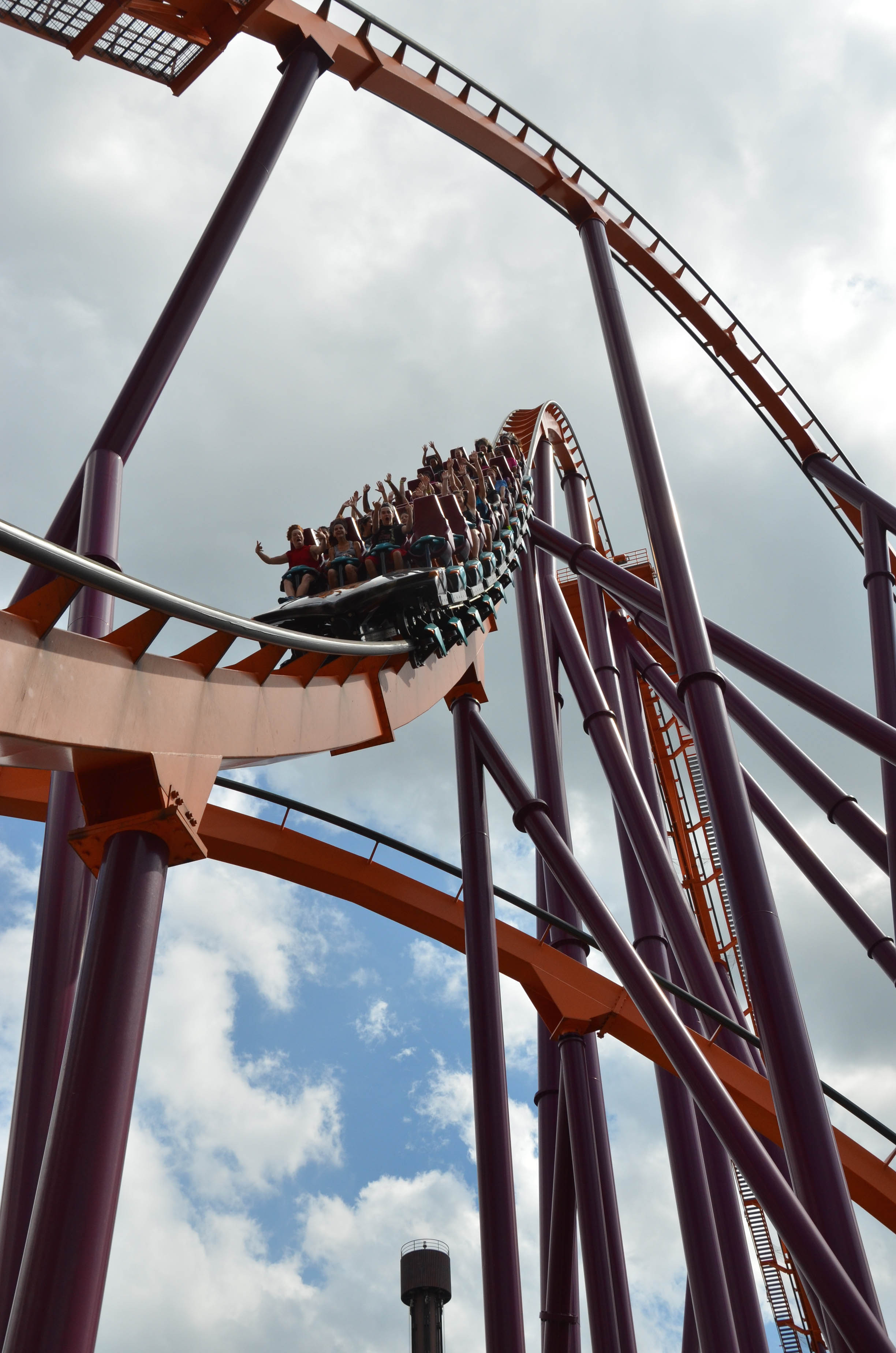

In a training period of 2-3 hours, the aircraft traces this parabola 60-70 times, wherein the astronauts test their equipment and practice eating, drinking and maneuvering each time the gravity is “turned off”.It may look like fun, but zero gravity is more complex than simply floating in space. Subsequently, the nose turns to face the ground, implying that the aircraft is retreating back towards the Earth. The astronauts float for no less than thirty seconds when the aircraft’s body eventually becomes parallel with the Earth’s surface. The “floating” of its occupants occurs immediately after the airplane’s nose begins to stoop. Nicknamed the “vomit comet”, the airplane, like a roller coaster, climbs into the sky, floats momentarily at the top and then slides down to the other side until it reaches the same altitude where it began. NASA provides the experience of microgravity by making its astronauts rove in a huge airplane. At this moment, the seat and your body fall at the same rate, until the contact and with it, your weight is restored. You can experience it, albeit for a few seconds, on the summit of a roller coaster when the seat and your body become unglued. There are multiple ways that microgravity can be experienced without – as in the case of a falling lift – dying.

In fact, our weight is nothing but the equal and opposite force - known as the normal force - exerted by the Earth’s surface when our feet push against it.

Deprived of any underlying surface to rest on, an object feels weightless. What ensues is akin to two objects gradually rising in an unleashed lift racing down its shaft. Similarly, the ISS and its inhabitants fall towards the Earth at the same rate. And this is exactly what the commander of the final Apollo 15 mission demonstrated on the moon. The most clichéd example is the simultaneous release of a hammer and a feather without air resistance, they must fall at the same rate. Galileo claimed that objects, regardless of their mass, would touch the ground at the same time when dropped from any height. However, their floating is an illusion the astronauts are not floating – they’re falling. NASA creates regions of microgravity, which enables its astronauts to simulate the experience of floating in space. The appropriate term to describe what astronauts experience in outer space is microgravity. (Photo Credit: NASA) What is microgravity? If gravity was nonexistent in space, the moon, some 4,00,000 km away, wouldn’t revolve around us constantly. The question is… how does NASA achieve this? The enclosed region of “zero” gravity is not located in space, but is created right here on Earth. To help the astronauts adapt, NASA, as part of their training, subjects the astronauts to such an environment every day. This is disconcerting for astronauts who are planning to spend months on the space station. Long-term exposure is known to weaken bones and muscles. The ISS circling around us is subject to 90% of Earth’s gravity, yet its travelers tend to suffer from minor inconveniences. Being the creatures of habit that we are, it takes us some time to accustom to an alien environment. Low gravity, such as the orbit in which the International Space Station (ISS) rotates, is a completely different environment than Earth’s. ESA astronaut Samantha Cristoforetti on the International Space Station (ISS) working with equipment for the Airway Monitoring investigation.


 0 kommentar(er)
0 kommentar(er)
